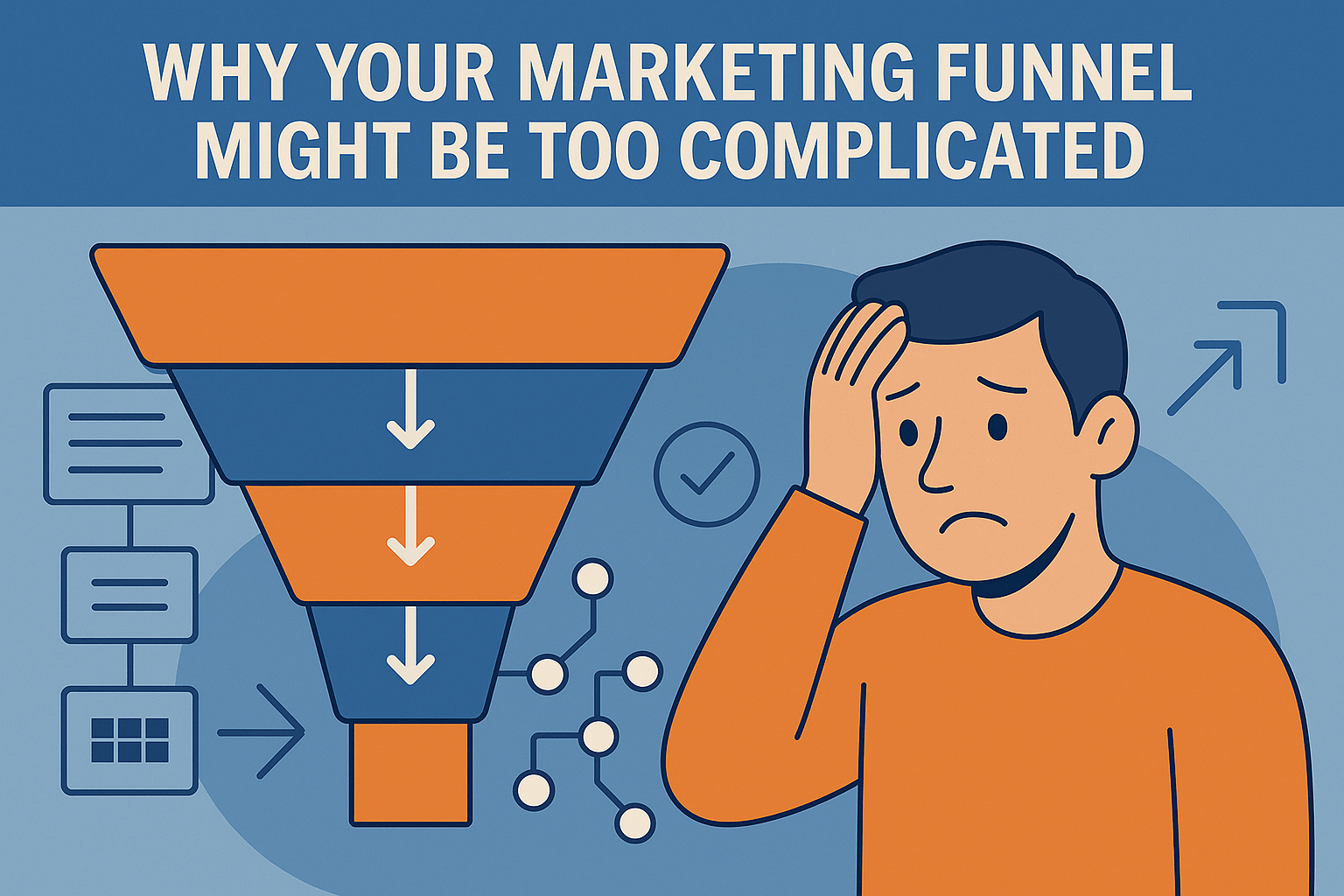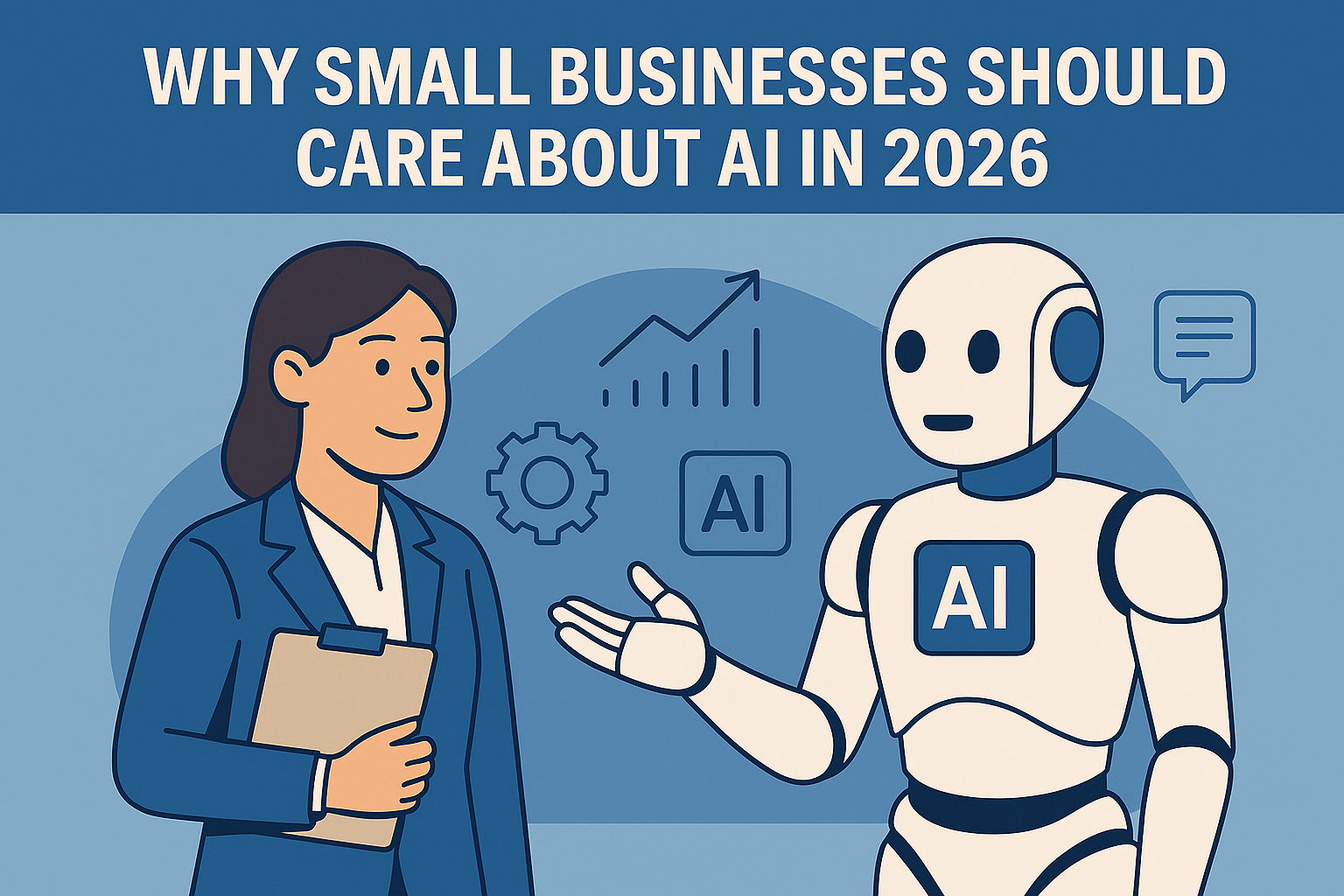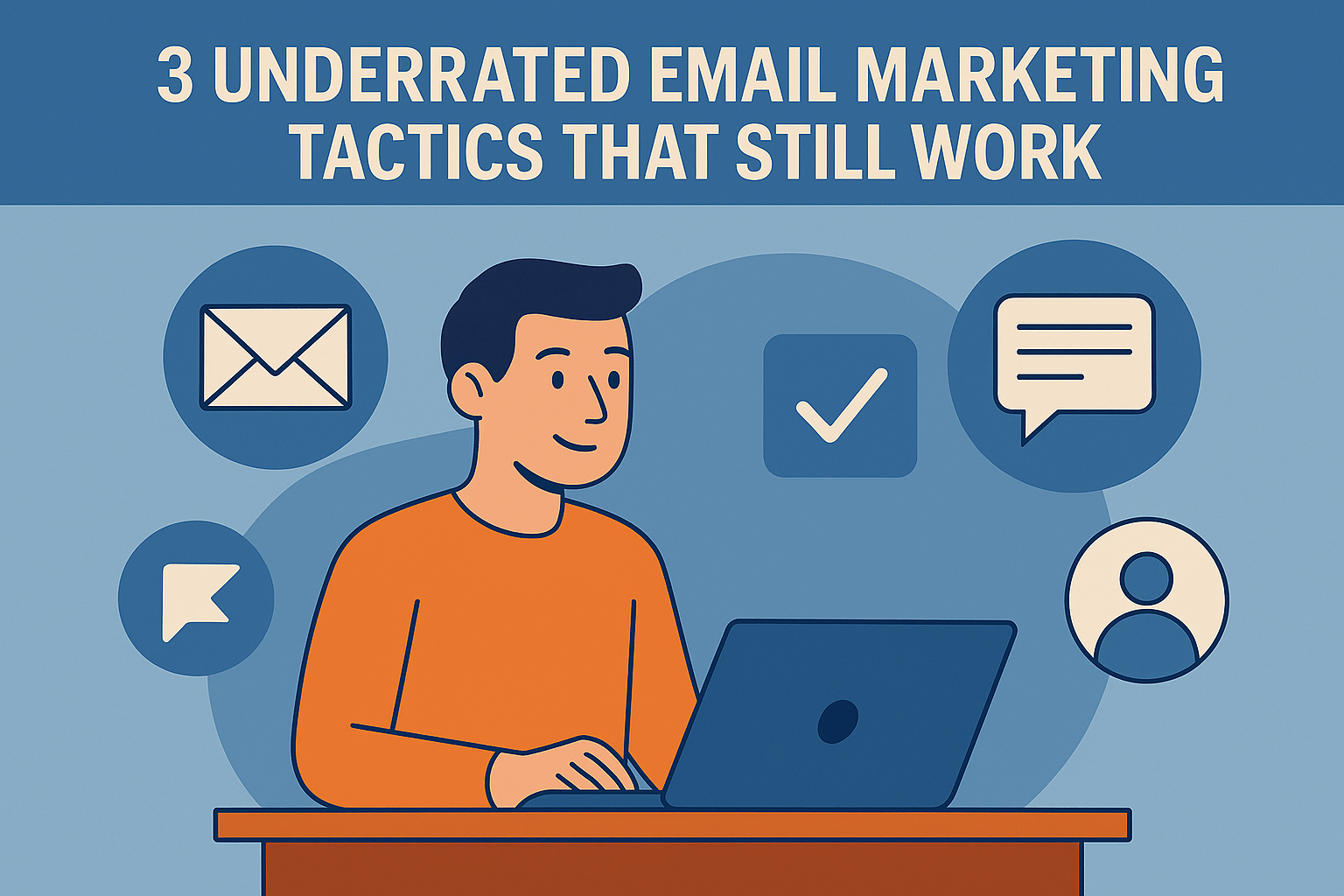Written by:
Published on:
Nov 5, 2025


Gone are the days when building a website required knowing multiple programming languages or hiring a full-stack developer. The no-code and low-code movement has transformed how people approach web development, empowering marketers, designers, and entrepreneurs to build robust, functional websites and applications—without writing a single line of code.
No-code tools have opened the digital door for people who once felt locked out of the technical side of business. Platforms like Webflow, Bubble, and Glide allow users to visually design, connect data, and deploy projects with drag-and-drop simplicity. This accessibility means creative professionals can turn their ideas into reality faster, skipping the traditional bottleneck of waiting for development resources.
For startups and small businesses, that’s a game-changer. They can now launch minimum viable products (MVPs), test ideas, and iterate quickly—without large budgets or technical teams.
Contrary to common fear, the rise of no-code doesn’t signal the “death of the developer.” In fact, it’s freeing developers from repetitive or low-value tasks so they can focus on more advanced, meaningful projects—like scaling infrastructure, creating custom APIs, or optimizing performance.
Many developers now use no-code tools alongside traditional coding to speed up prototyping or automate internal workflows. In essence, no-code acts as a complement to development, not a competitor.
One of the biggest advantages of no-code platforms is how they bridge the gap between design and functionality. In the past, designers could visualize beautiful user experiences but had to rely on developers to bring them to life. Now, designers can directly implement their visions, test them with users, and refine them instantly. This tighter feedback loop leads to faster innovation and better user experiences.
From a business perspective, no-code tools reduce costs, shorten timelines, and lower technical risk. Teams can prototype new services or automate workflows in days instead of months. Plus, maintenance is easier—updates can often be made by anyone on the team, not just engineers. For organizations balancing tight budgets and big ambitions, that agility is invaluable.
As AI and automation become more deeply integrated with no-code platforms, the future of web development will likely be even more inclusive. Instead of replacing developers, these tools are reshaping collaboration—allowing technical and non-technical teams to build together. The real rise here isn’t just no-code itself—it’s the rise of creativity without barriers.

Marketers love a good funnel. It’s the backbone of how we think about customer...

Artificial intelligence isn’t just for tech giants anymore. Over the past few...

Email marketing might feel like an old-school channel, but it’s far from...